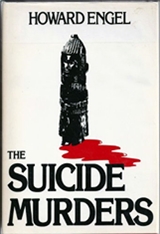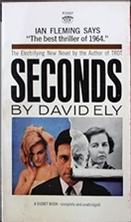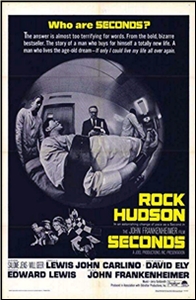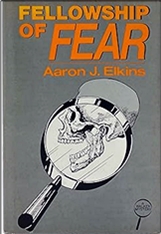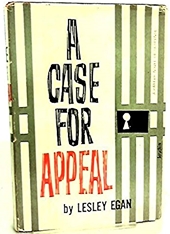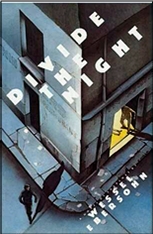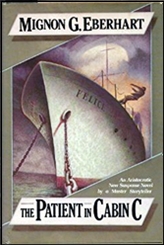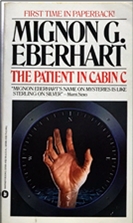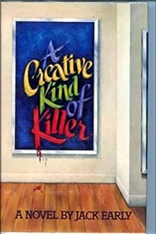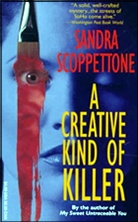Sat 27 Apr 2024
A 1001 Midnights Review: MARGARET ERSKINE – Give Up the Ghost.
Posted by Steve under 1001 Midnights , Reviews[5] Comments
by Ellen Nehr
MARGARET ERSKINE – Give Up the Ghost. Doubleday Crime Club, hardcover, 1949. Mercury Mystery #163, digest paperback, 1953. Ace, paperback, 1970s? [published as part of Ace’s line of Gothic paperbacks].
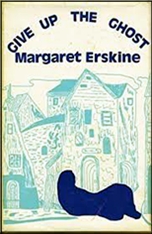
Margaret Erskine wrote the same book about Scotland Yard inspector Septimus Finch twenty-one times. In each one Finch is described as having a nondescript face and a proclivity for dressing all in gray. This repetition doesn’t enhance the inspector’s limited charms, although it could be argued that his stolidity and matter-of-factness are positive character traits.
In Give Up the Ghost, crude and rather nasty drawings have been sent to the Camborough constabulary, but have been more or less ignored until the elderly housekeeper of the pompous Pleydon family is found murdered with another drawing pinned to her body. None of the Pleydons can suggest any reason for their household’s being singled out, yet several days later another woman connected with them is killed, another drawing near her body. A band of vigilantes is formed to prowl the streets.
Meanwhile Finch, in spite of the Pleydons’ interference, investigates the family’s history and discovers their convoluted, almost forgotten web of financial skulduggery — just in time to prevent further murders. There arc moments of humor amid the gore, such as when Finch installs young Constable Roark in the Pleydon household as a butler.
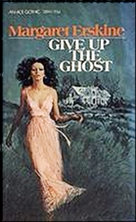
Erskine — who has stated that writing thrillers was a revolt against her highbrow family — specializes in eccentric British families with long-held secrets, social pretensions, and heads of household who possess streaks of cunning.
As a Scotland Yard officer. Finch solves crimes in Sussex, several seaside towns, and provincial villages. He remains as colorless through his last case, The House on Hook Street (1977), as he was in his first adventure, The Limping Man (1939). Erskine’s novels are definitely an acquired taste.
———
Reprinted with permission from 1001 Midnights, edited by Bill Pronzini & Marcia Muller and published by The Battered Silicon Dispatch Box, 2007. Copyright © 1986, 2007 by the Pronzini-Muller Family Trust.
